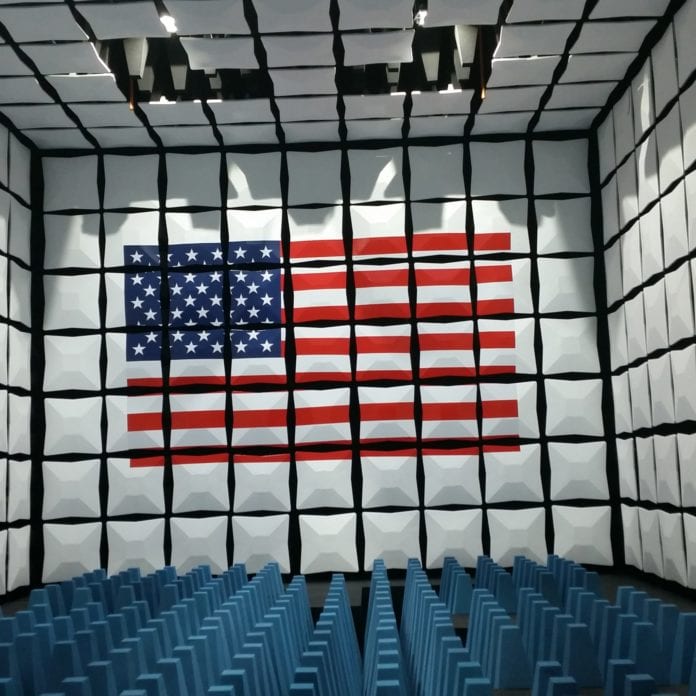WESTMINSTER, Colorado – The move toward more spectrum sharing instead of sole licensees is driving the need for additional, advanced spectrum monitoring, and the wireless industry is probably going to have to take a more active role in both monitoring and resolving interference disputes.
The International Symposium on Advanced Radio Technologies conference this week is highlighting the scope of federal efforts to provide a measurement and technical foundation for spectrum monitoring, and how the shift toward spectrum sharing between industry and federal users is driving the need to ensure that both types of users can successfully coexist – and that spectrum disruptions can be identified and resolved quickly with minimal impact to systems. That means more real-time detection and source identification capabilities.
The first day of the conference largely focused on the Federal Communications Commission’s role in spectrum monitoring: its regulatory authority and complaint process, as well as case studies of interference hunting and identification. But the FCC, as part of modernization efforts, is in the process of cutting both managers and agents in the field who will be available for enforcement activity.
Meanwhile, the increased usage of wireless technologies and the ongoing increase in “internet of things” devices means a noisier radio environment overall; the FCC has an ongoing inquiry into the extent and nature of changes to the noise floor.
“There are going to be many more devices trying to share the airwaves and co-exist, and they tend to operate close together,” said Julius Knapp, chief of the FCC’s Office of Engineering and Technology. Devices are increasingly operating not just in the same spectrum, he added, but closer together in terms of physical location – and in some cases, that is leading to new instances of interference, even when both parties are operating legally. Lighting products, more dynamic radios and increased aggregate noise are just some of the factors leading to more interference, Knapp said.
Although the FCC will continue to play its traditional role in spectrum enforcement, particularly where public safety issues are concerned, he said that more of the interference resolution needs to be worked out within the private sector. That may involve third-party spectrum interference hunters, signal transmitters and receivers working together, but it will also mean more robust system design so that radio systems “are able to deal with some noise along the way.”
The federal government has made spectrum sharing a priority, rather than the traditional approach of moving incumbents into different spectrum. The 3.5 GHz band, which will have a three-tiered sharing model, must protect naval radar systems along the coast. The National Oceanic and Atmospheric Administration, which operates weather satellites in the AWS-3 bands that have already been auctioned, is preparing a proposal to help it put in place a monitoring system that will protect its operations from LTE interference.
Steve Grippando, systems engineering division deputy at NOAA, told the ISART audience that real-time detection and resolution is critical for its systems, as the satellites that NOAA relies on are overhead for 15-minute periods, 12 times a day as they travel around the planet.
Follow me on Twitter for more details from ISART: @khillrcr

ISART 2016: More spectrum sharing means more spectrum monitoring
ABOUT AUTHOR
